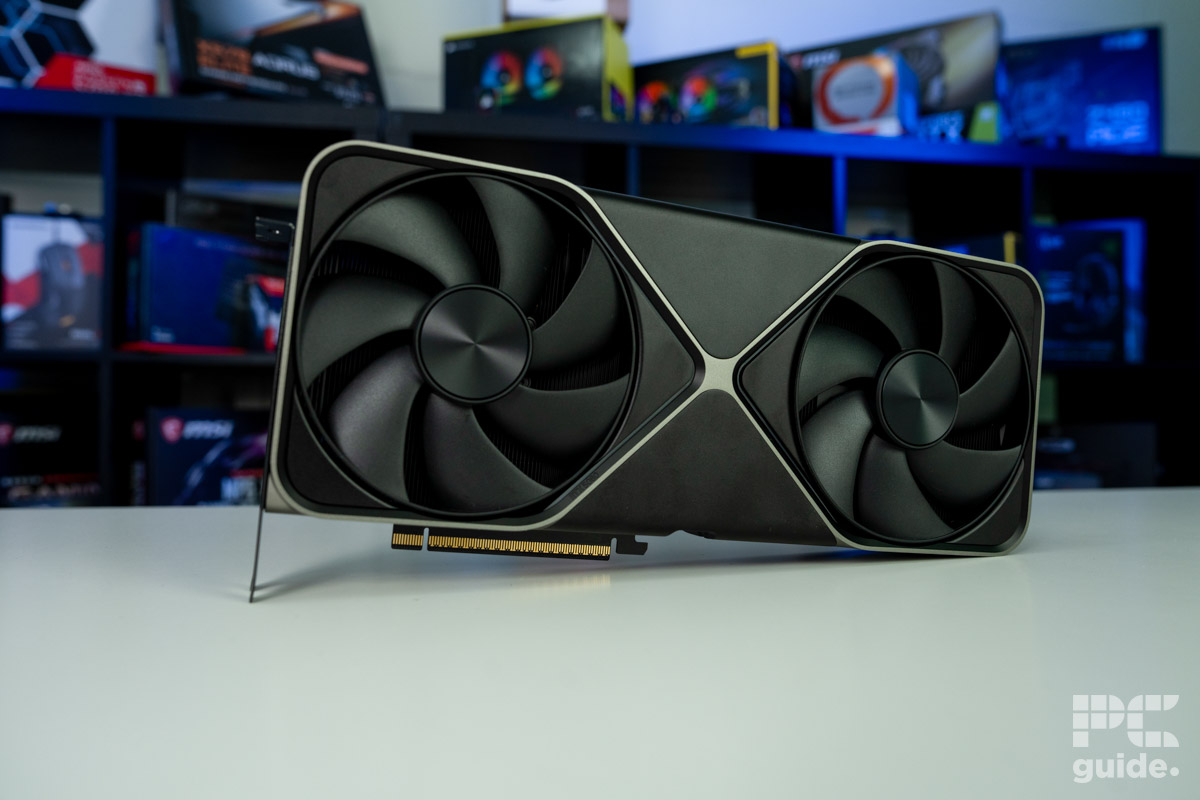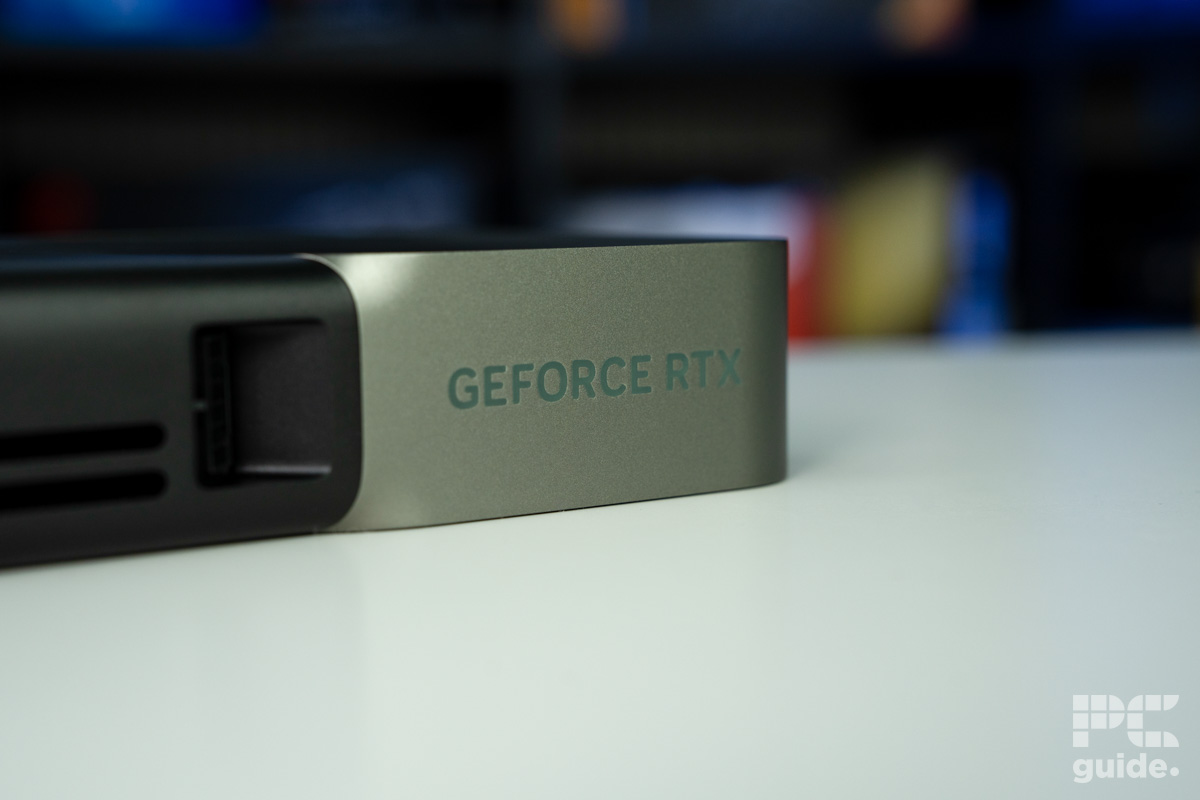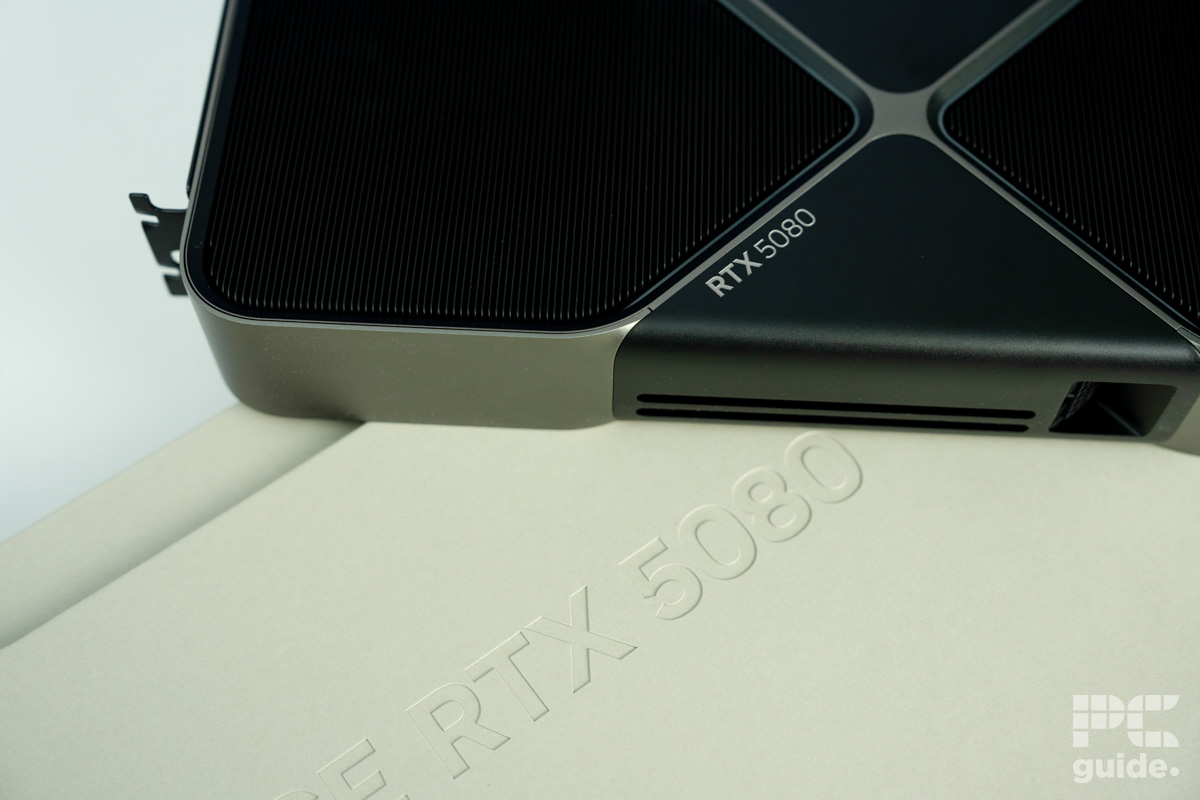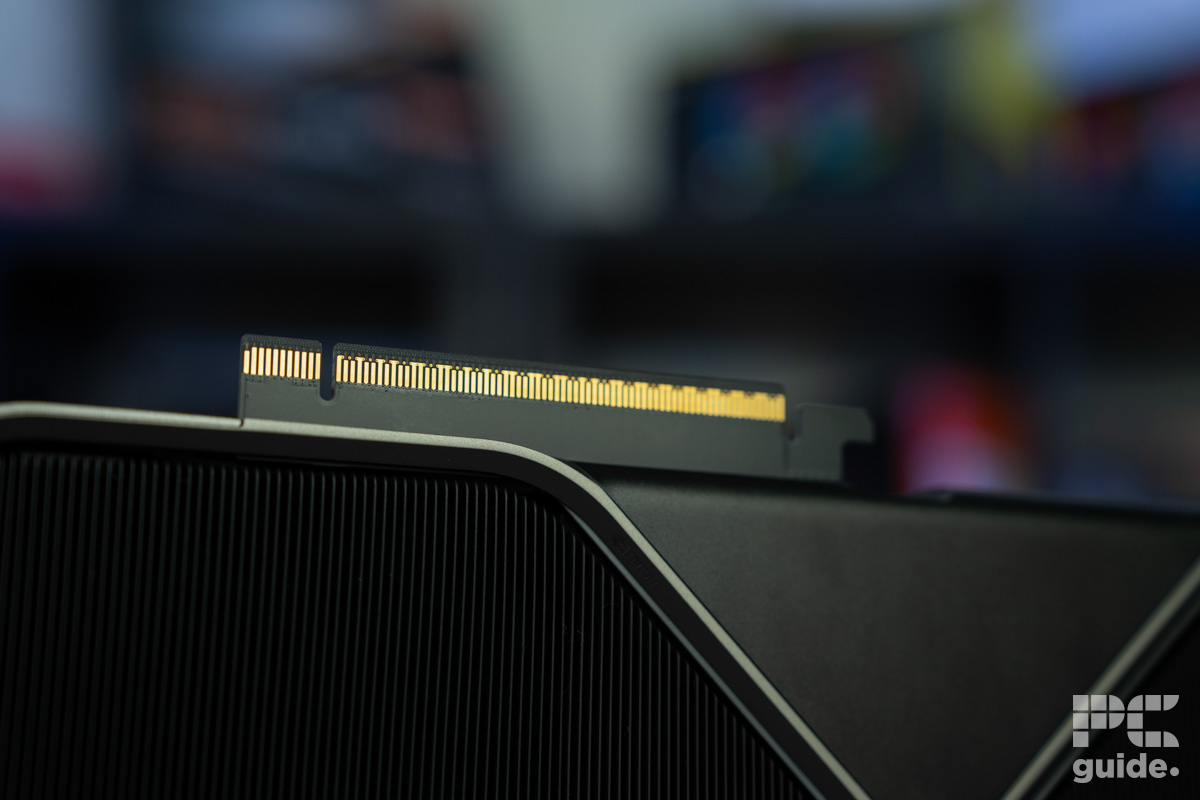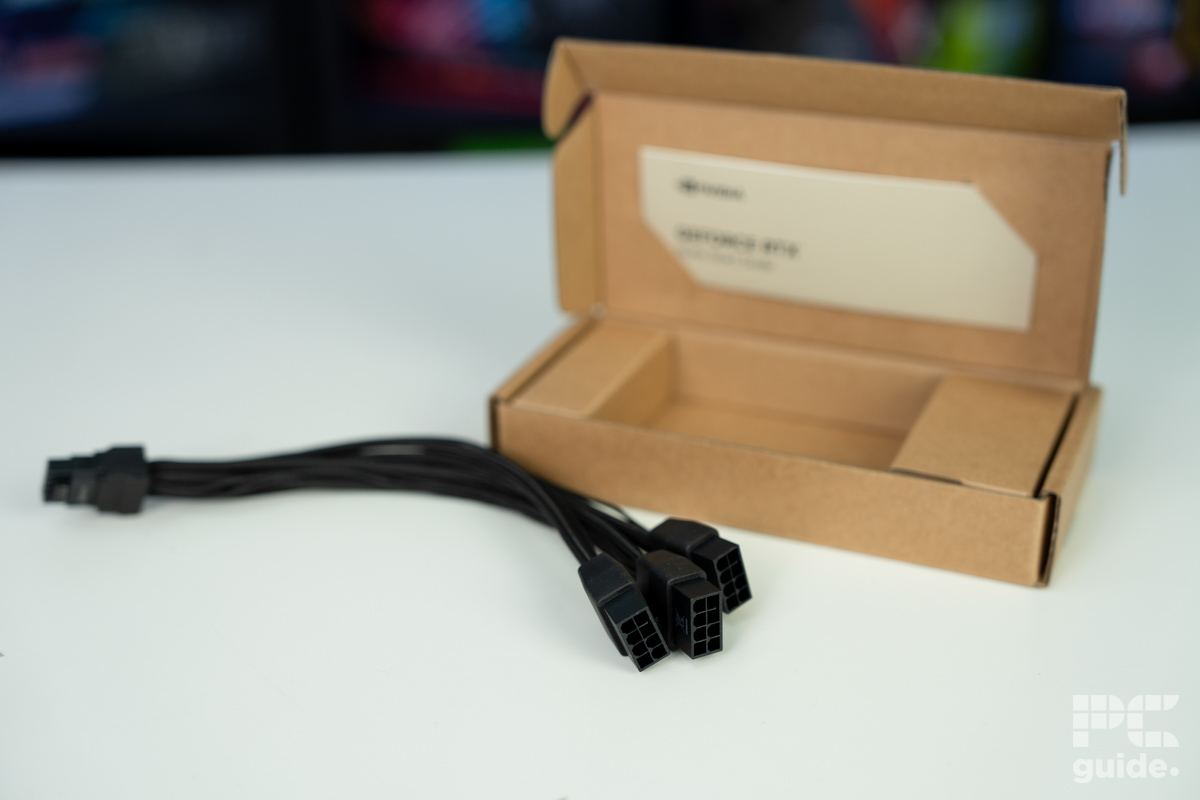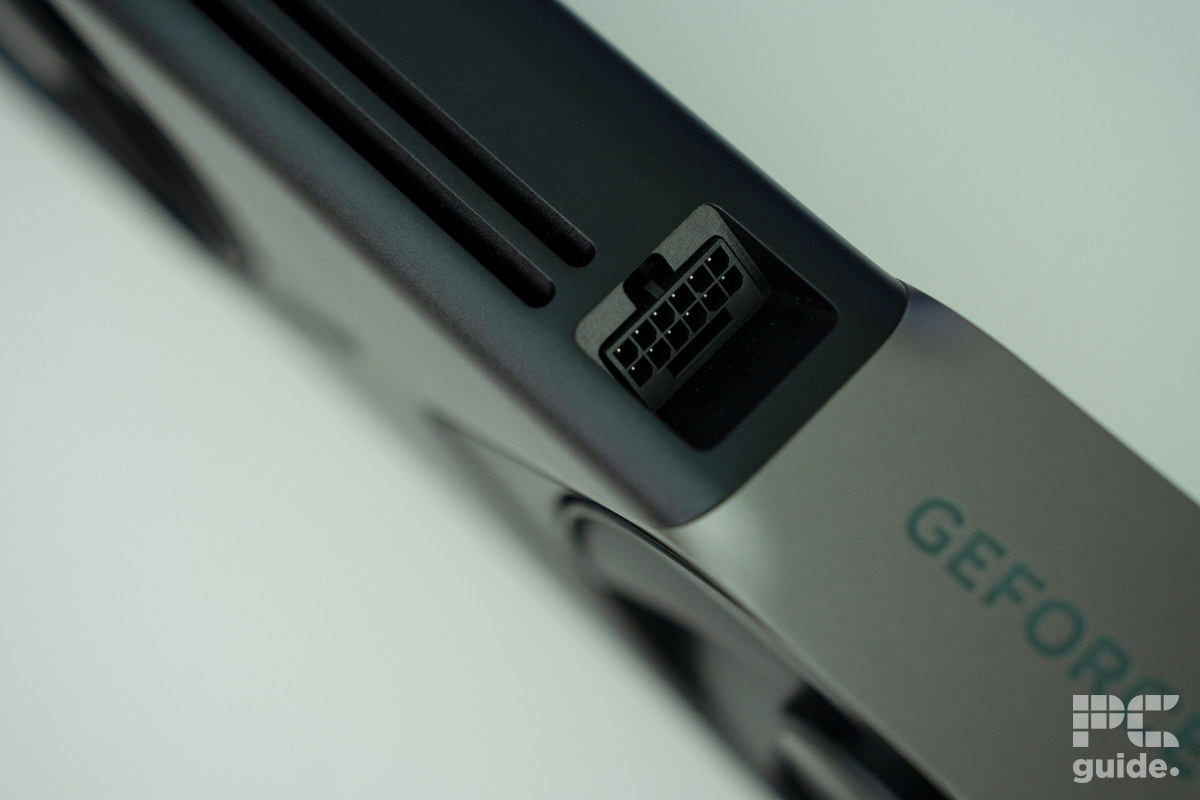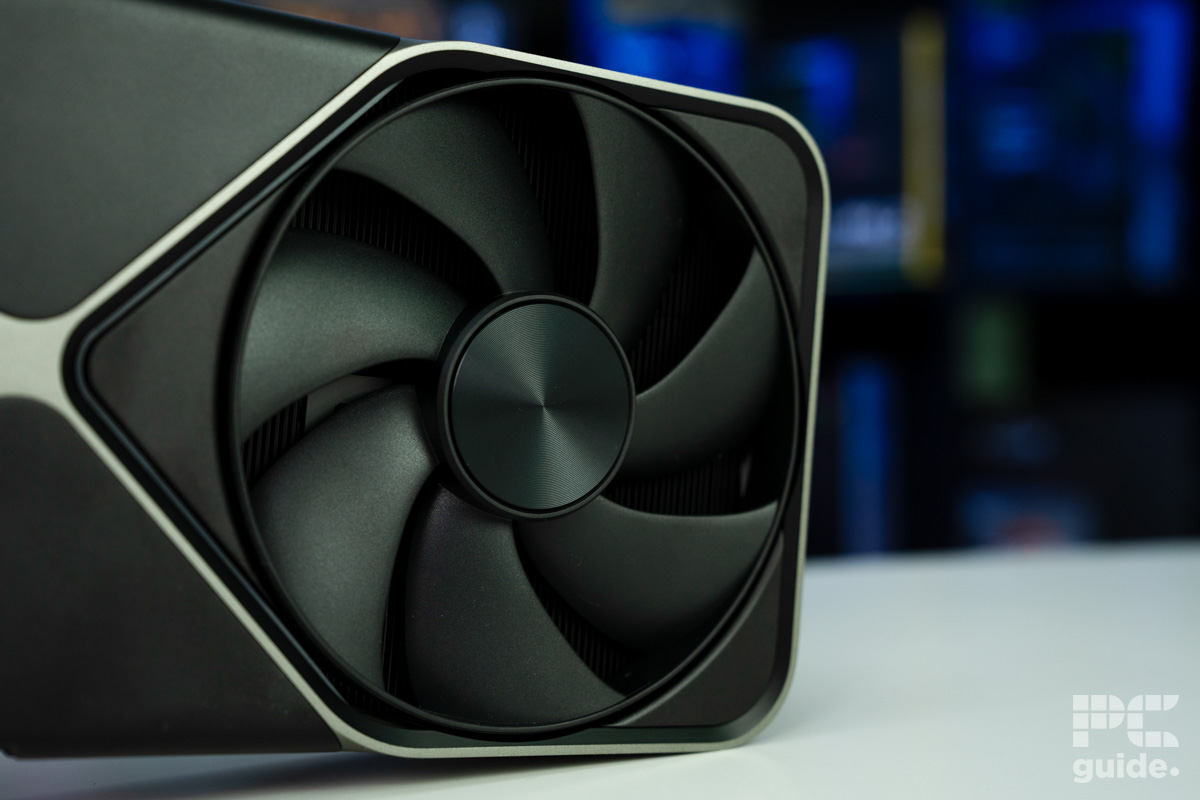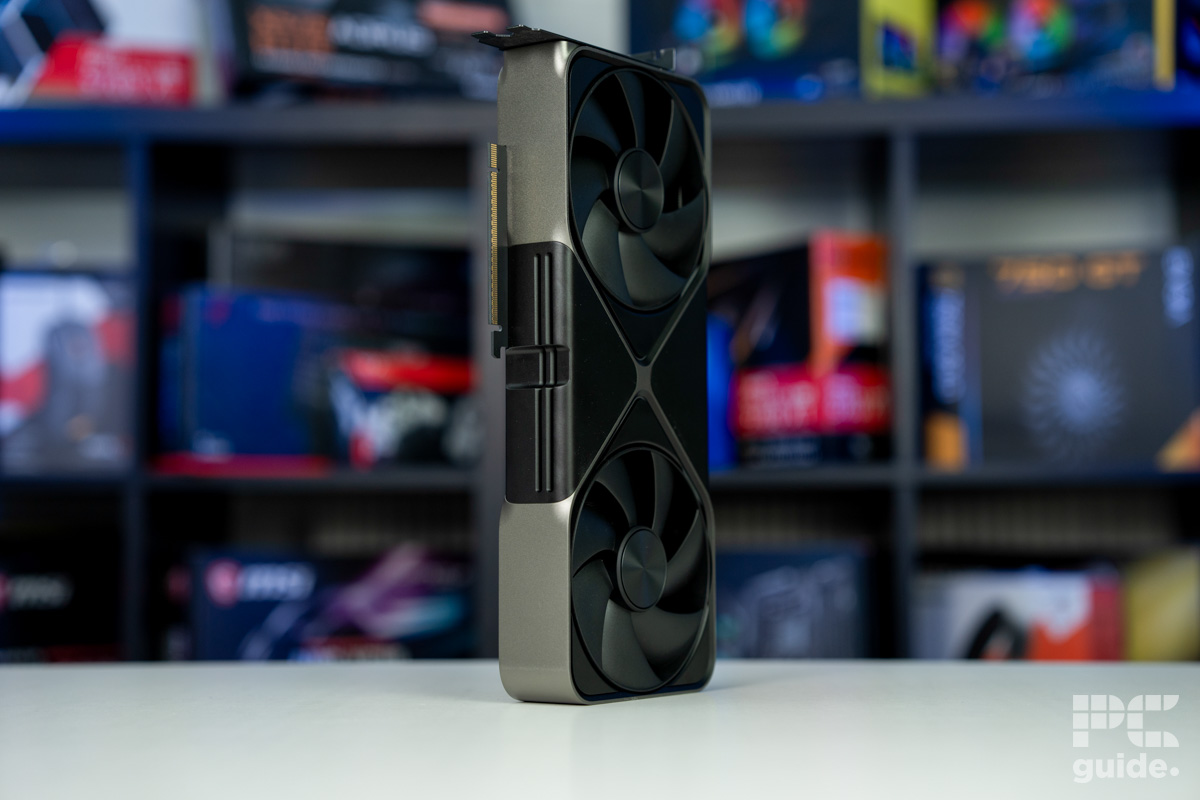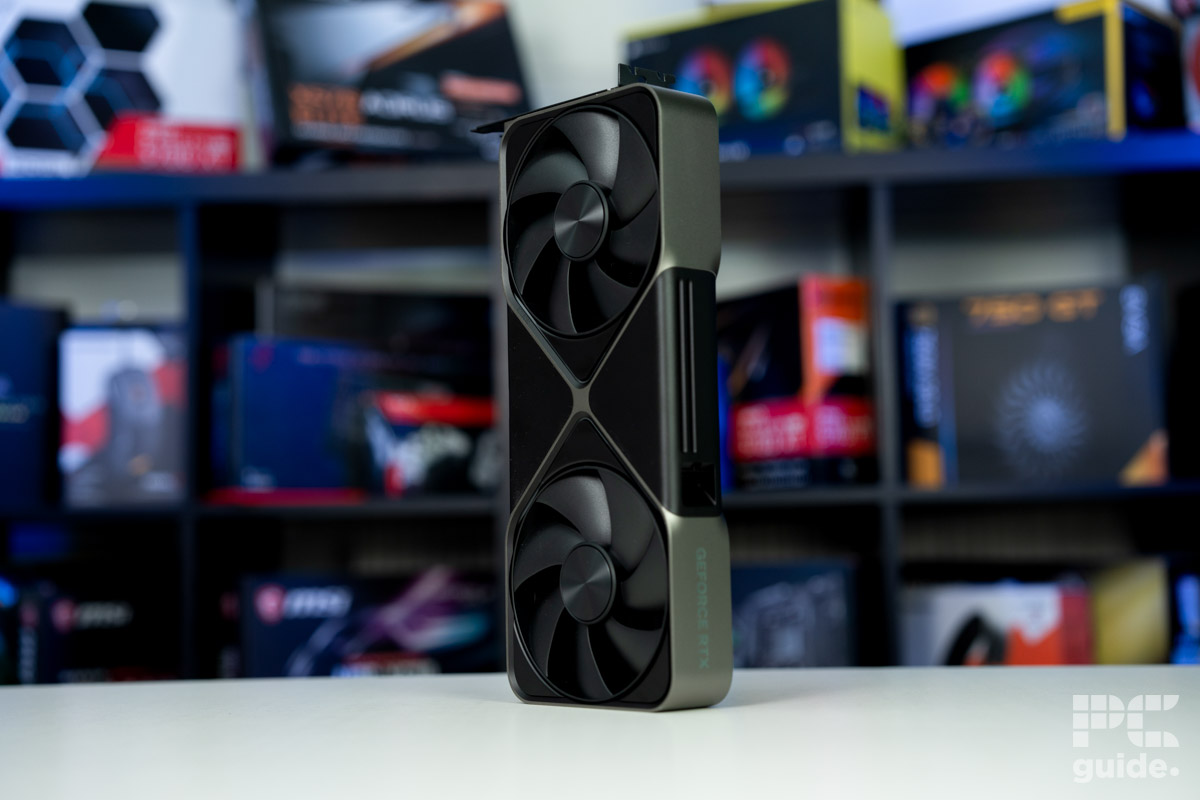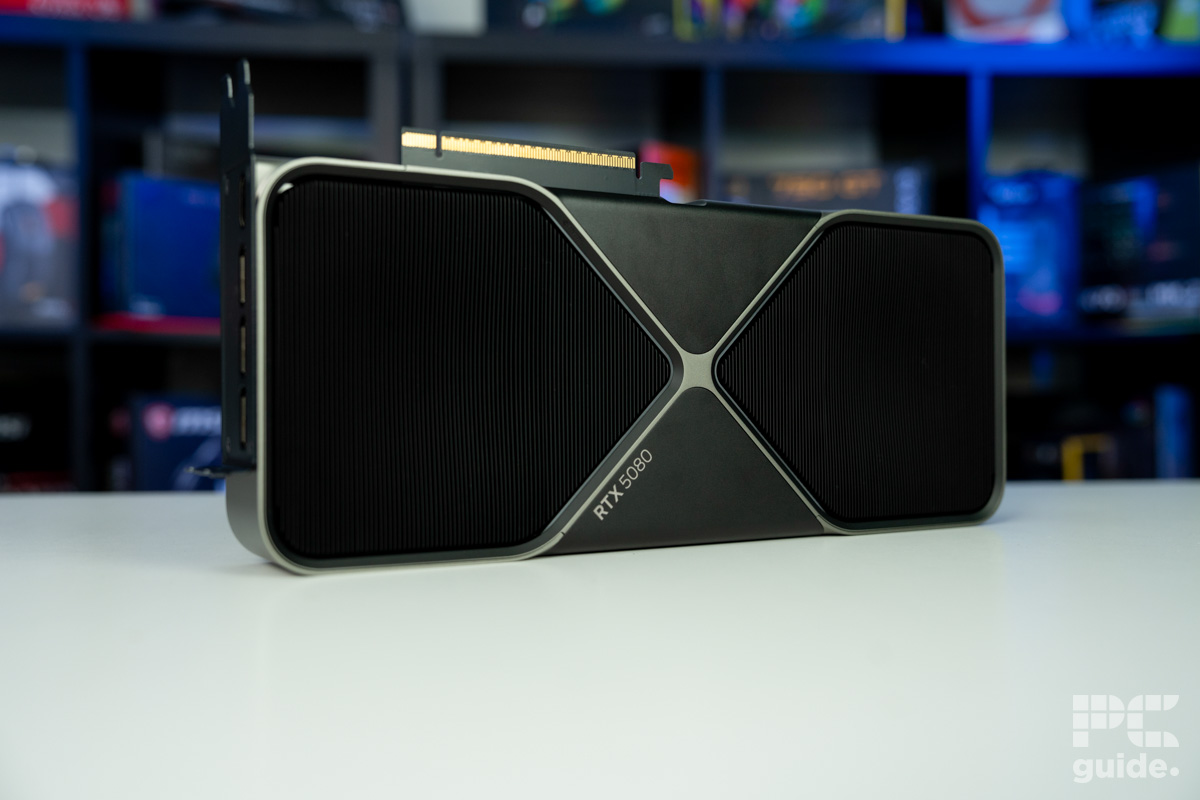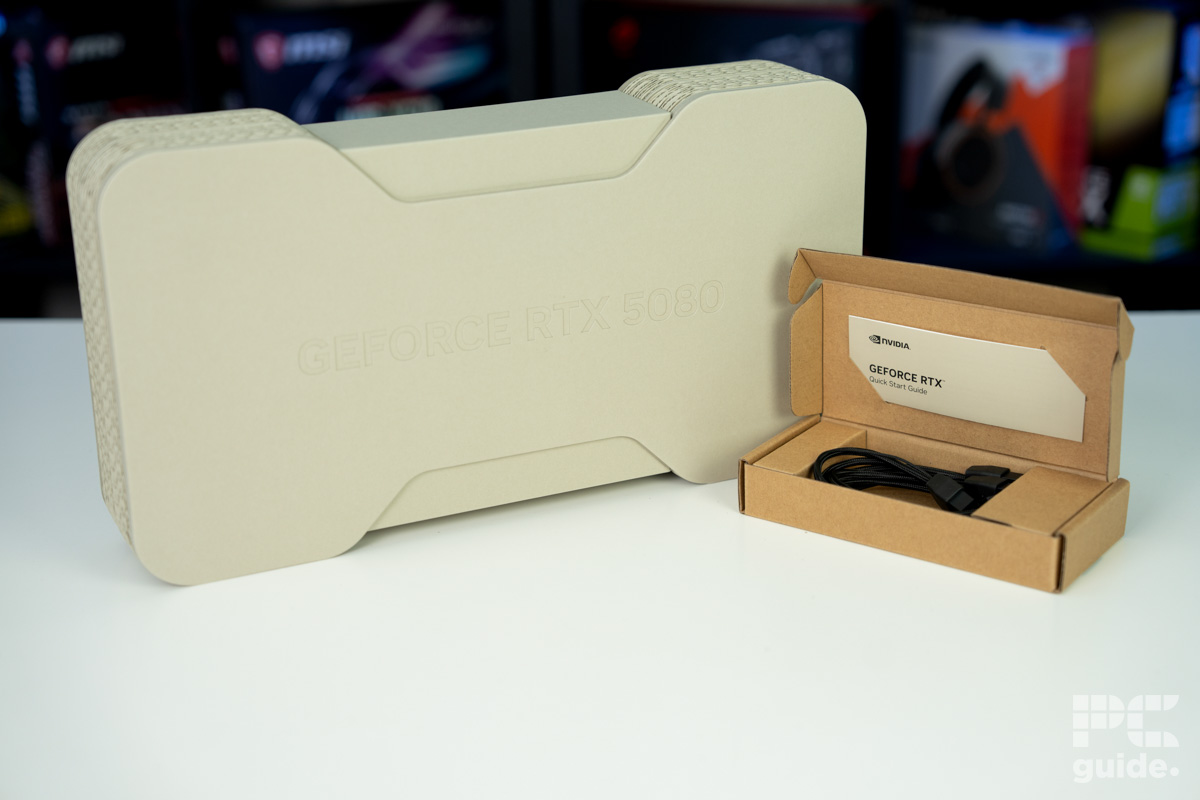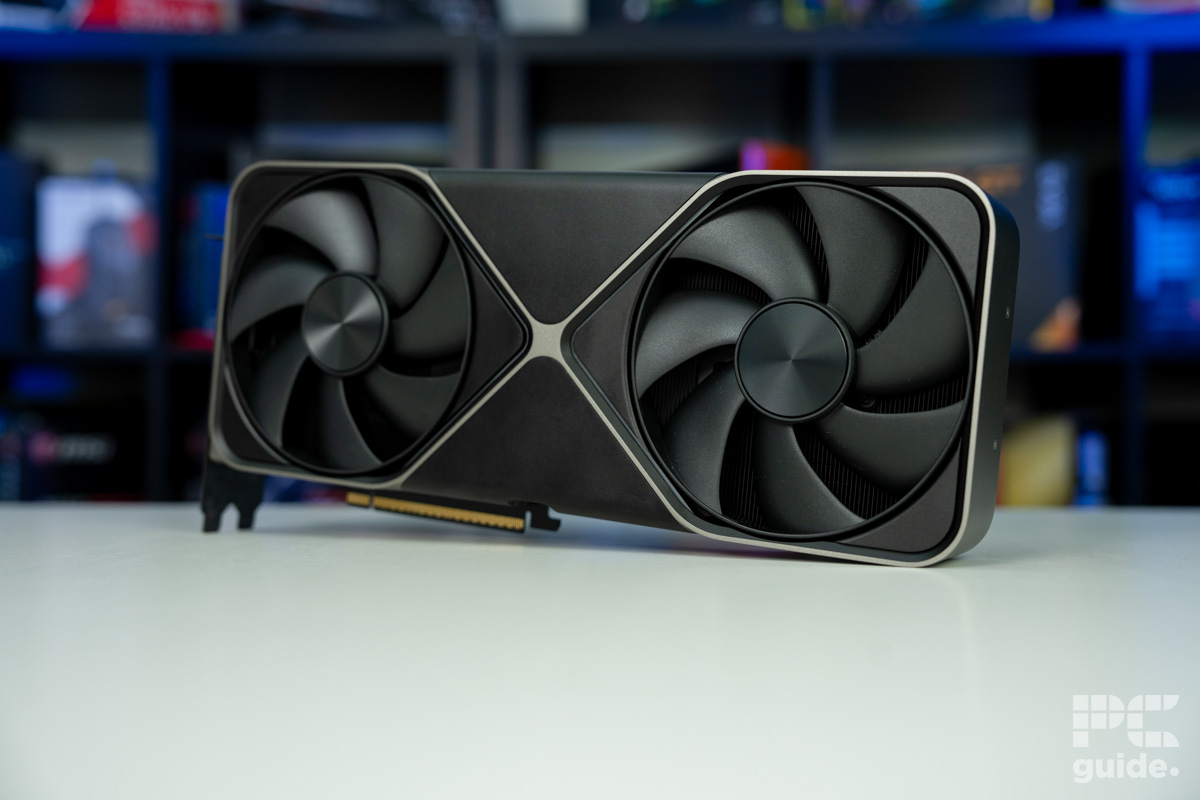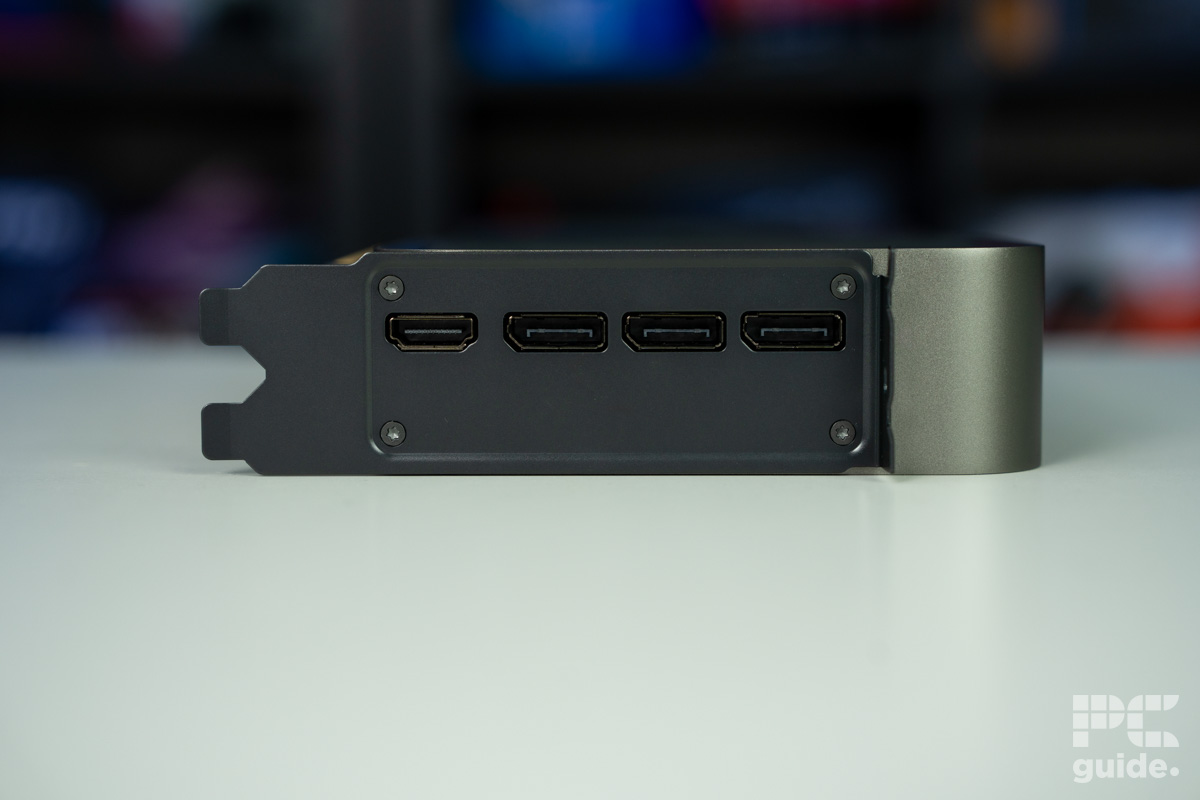Nvidia hasn’t addressed RTX 50 series cable melting issues, so people are taking matters into their own hands
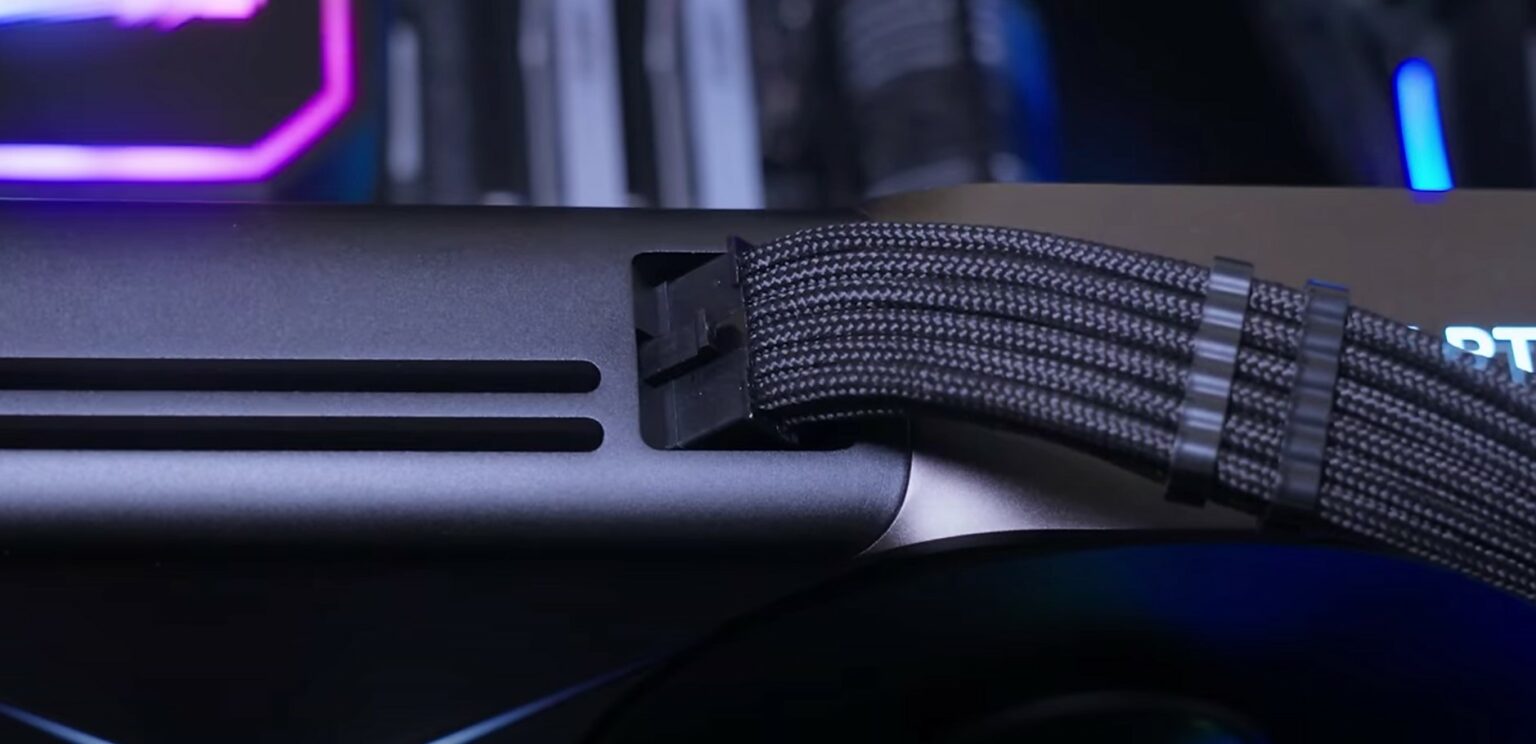
Table of Contents
Over the past week or so, numerous reports have surfaced regarding burning cable issues with the new RTX 50 series GPUs. The nightmares initially began with RTX 5090 FE GPUs but soon extended to the RTX 5080, causing potential buyers to worry whether their configurations might suffer the same fate. Unfortunately, we have yet to hear anything from Nvidia about working with board partners to develop a standard solution for this issue. However, not all hope is lost.
A few companies are making efforts to mitigate this pressing problem however they can. ASUS, for example, has introduced current monitoring per pin on the 12V-2×6 connector, while ASRock has implemented a thermistor in the middle of the 12V-2×6 connector on the GPU side. These approaches are like installing a smoke alarm, when what you need is to stop fire in the first place. So now, it seems like people are taking matters into their own hands.

- GPU: GB203
- CUDA Cores: 10752
- VRAM: 16GB GDDR7
- Memory Bus width: 256 bit
- Base Clock speed: 2295 MHz
- Boost Clock speed: 2617 MHz
ASUS and ASRock’s approach doesn't fully fix the power connector problem
ASUS’s solution is limited to current monitoring and doesn’t address load balancing. However, fixing this uneven current distribution isn’t easy, as there's a lot involved in evenly distributing currents across all paths quickly enough. As for ASRock, their solution does work. In fact, in a testing video by Hardware Busters, we saw their PSU shut down as soon as the GPU-side connector reached 110 degrees Celsius. However, as pointed out, if the connector starts heating up from the sides, the centered thermistor will detect the temperature increase too late, making this solution potentially insufficient.

So, experts at Hardware Busters have taken matters into their own hands and developed a prototype connector, still in the works, to address the power issues with the 12V-2×6 connector. Their solution involves adding thermistors on the GPU side, much like ASRock did. However, unlike ASRock, they plan to place them as close as possible to all six 12V gauges to monitor temperature and help prevent overheating. The second approach uses current shunts to track the current and ensure no line is overloaded. This way, they can create a 16-pin connector with OTP and OCP.
- Over Temperature Protection (OTP): If temperatures get too high, the circuit opens the Sense 0/1 pins, forcing the GPU’s power system into a “safe” mode to prevent it from drawing power.
- Over Current Protection (OCP): If the current exceeds 10-12A for more than 2-3 seconds, the circuit opens the Sense 0/1 pins to prevent excessive power draw. This is designed to react slowly, avoiding false triggers from quick, short loads that don’t pose a risk. Only sustained high currents will trigger this protection.
Users suggest Nvidia’s VRM design needs to change
Now, this isn't the perfect solution, and many are pointing to Nvidia's faulty VRM design as the main culprit. Gamers didn't face this issue with Nvidia's RTX 30 series, as it had load balancing for its multiple PCIe power connectors. However, when Nvidia decided to change the VRM design from the 30 to the 40 series, they stopped managing the power draw across three lanes and combined it into one, thus creating this dangerous situation. All in all, if you’re waiting for something from the green team, they've ruled out the RTX 4090 melting cable issue as user error before, and they might take the same approach this time too.

